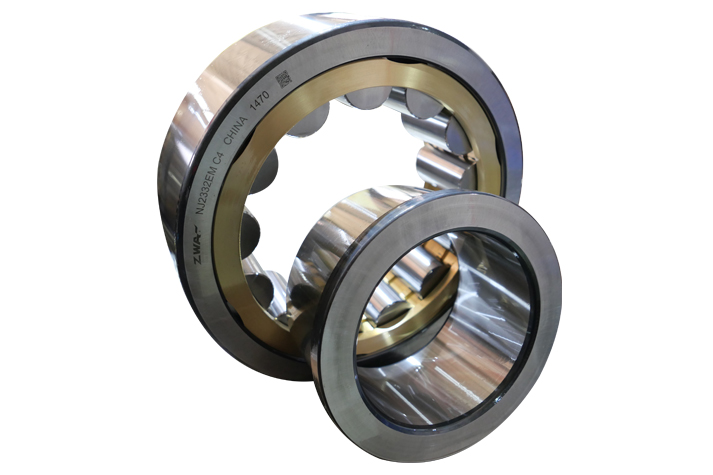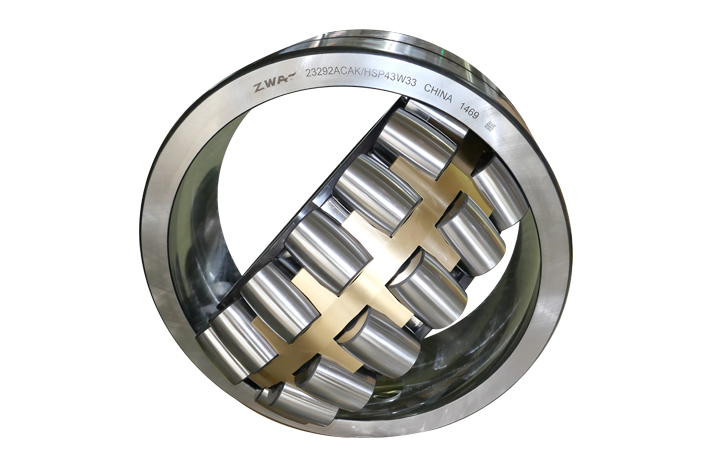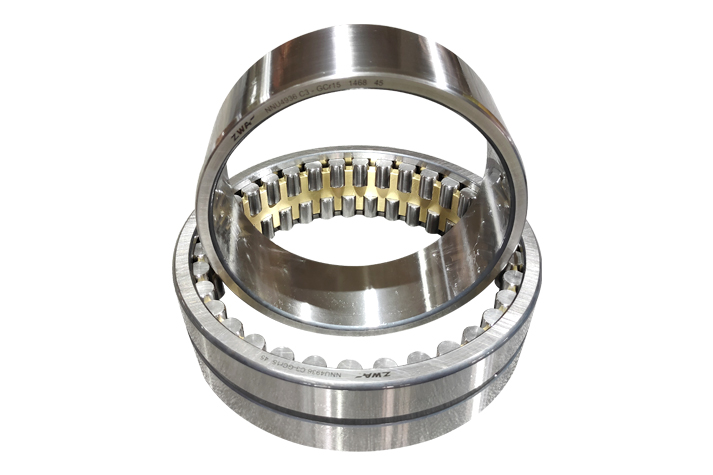
In order to maintain good performance of bearing for as long as possible, regular maintenance, testing and repair are necessary to prevent accidents and ensure the reliability of bearing operation.
For the equipment running for a long-term, the usual test and tracking are particularly important. The test teams include the rotating sound, vibration, temperature, the state of the lubricant, etc. Equipment maintenance staff can accurately determine the equipment problem and make prevention and solution in advance. So, what are the causes of bearing failure? And how to solve it?
1. Dirt, foreign matter, sand or other pollutants enter the bearing box.
Measures: Clean the bearing box and replace a new oil seal.
2. Water, acid, paint and other corrosive substances enter the bearing box.
Measures: Install a protective dust cap and improve the oil seal.
3. The hole of the bearing box is out of round and out of shape and it has an uneven support surface.
Measures: Check the bearing box, adjust support surface and adjust gasket.
4. Small shaft diameter or loose locking sleeve.
Measures: Check the shaft diameter, select the appropriate matching quantity and re-lock the fixed sleeve.
5. It has an unbalanced load, and a large gap in the box hole, as well as the outer ring slipping in the bearing box hole.
Measures: Replace the bearing box with the bore diameter that meets the design requirements.
6. The coupling of two or more bearings results in axis linear deviation and angular deviation.
Measures: Readjust the gasket so that the axis is coupled on the same line.
7. Incorrect installation and hit the beating directly with a hammer.
Measure: Standardize the installation of bearings, such as different types of ball and roller bearings.
8. Bearing clearance is too large.
Measure: Adjust the bearing clearance.
9. Equipment vibrates
Measures: Find out the cause of vibration and make corresponding treatment.


